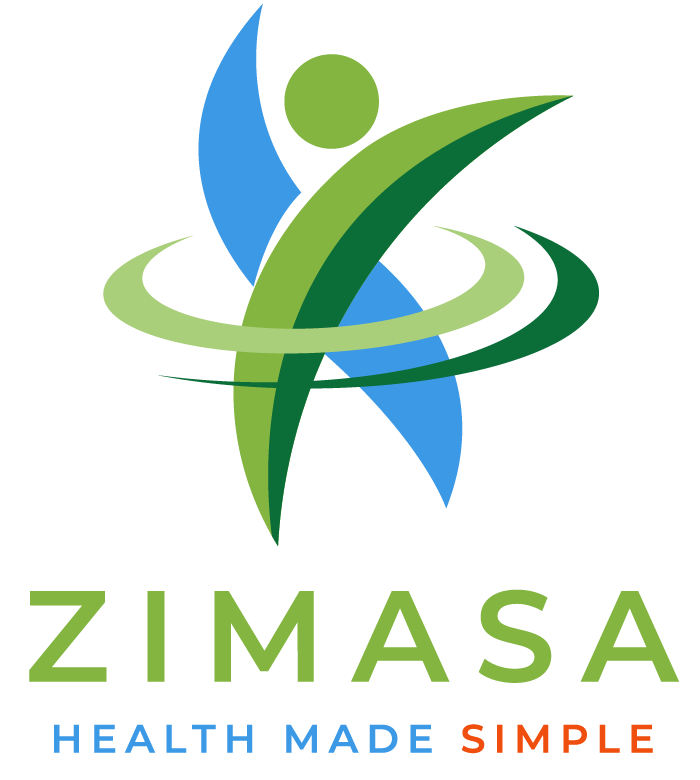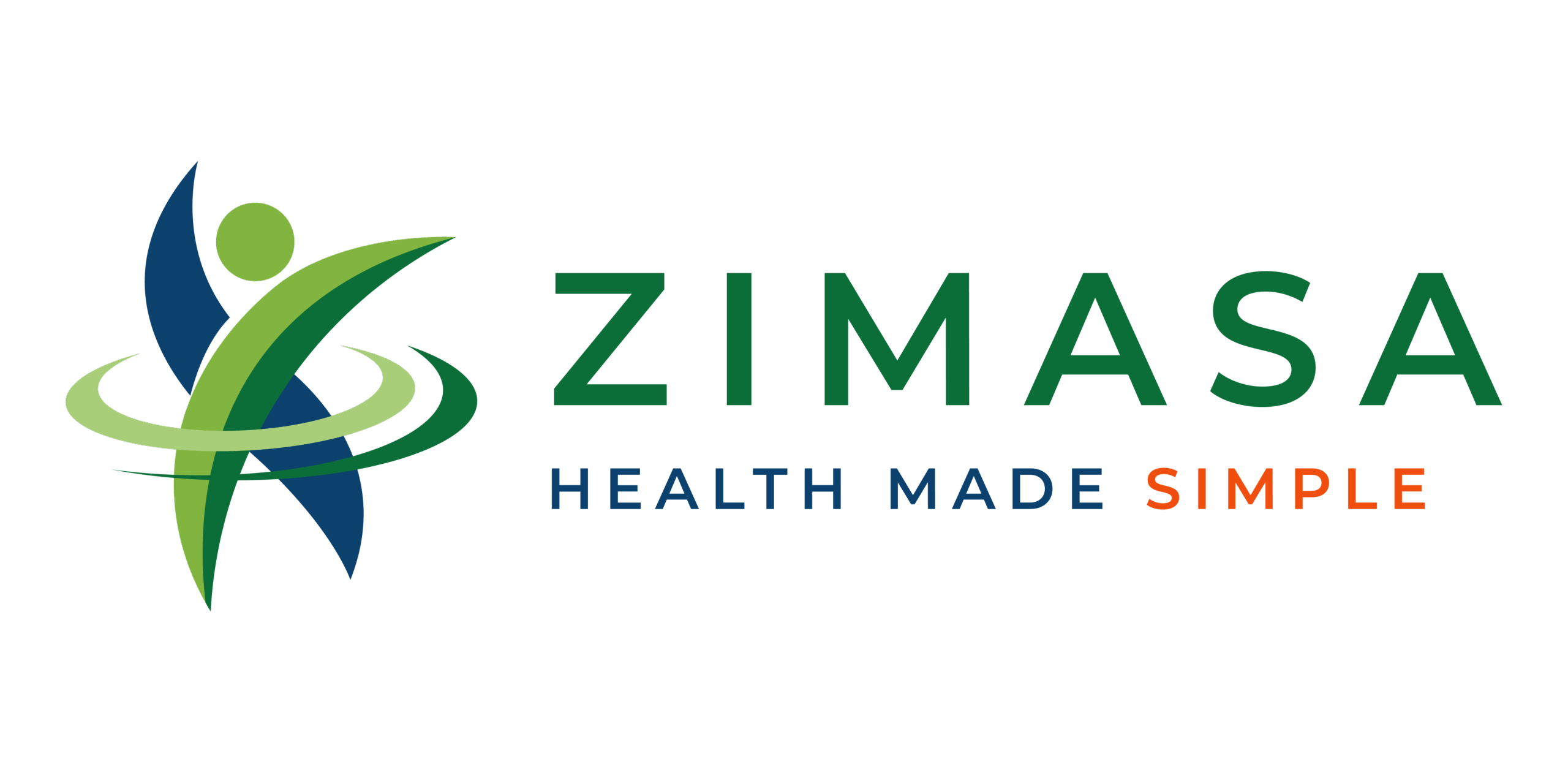The Half A Trillion Problem: Why Kenya Pays for Sickness Instead of Preventing It
Kenya spends over half a trillion shillings annually on healthcare — yet most of it goes to treating sickness instead of preventing it.
Your CFO just sent you the Q3 health benefits report. Claims are up 23% year-over-year. Your wellness program — with millions invested — has only a 6% participation rate. And there’s a line item that makes you wince: KSh 8 million in suspected fraudulent claims. Again.
You’re not alone. Across Kenya, the same story is unfolding in boardrooms, HR departments, and insurance company offices. Our health system is excellent at documenting illness but terrible at keeping people healthy. This one design flaw causes small, solvable risks to balloon into expensive claims.
The Numbers Don’t Lie
Kenya spends over KSh 580 billion on health annually. Key numbers:
- KSh 150 billion+ paid out-of-pocket by households
- Only 25–30% of Kenyans have health insurance
- Most members exhaust their cover within 6–8 months
Insurers are absorbing heavy losses:
- 70%+ of insurers recorded underwriting losses for 5 straight years
- Sector loss ratio: 76%
- 13 of 18 medical insurers are operating at a loss
This is a system in crisis.
The Employer’s Dilemma
Healthcare costs keep rising — 3.3% this past year alone. HR teams try wellness programs, gym subsidies, and screenings, but participation rates remain low.
- Over 70% of covers run out before year-end
- Wellness programs have single-digit usage
- Employees barely understand their benefits
- Many companies shift to self-funded schemes
Millions are spent — but outcomes remain invisible.
The Payer’s Nightmare
For insurers, underwriting losses jumped from KSh 3.72B in 2022 to KSh 4.96B in 2023. By the time a claim is filed, the damage is already done.
Examples:
- A KSh 500,000 diabetic complication could’ve been prevented with a KSh 5,000 early intervention
- Hypertension goes unmanaged until it becomes catastrophic
- Stroke rehabilitation follows years of ignored risk indicators
Top 1% of patients consume 20% of all spending.
Top 10% consume 63%.
The Member’s Frustration
The typical employee gets a medical card, throws it in a drawer, and only tries to understand benefits when sickness strikes.
- Long queues and unpredictable approvals
- Cover exhausted mid-year
- Unexpected bills of KSh 80,000+
- Wellness benefits exist, but go unused
What Needs to Change
The solution isn’t bigger limits — it’s activation.
- Identify rising risk early
- Pre-authorize preventive action
- Maintain member engagement with nudges & micro-incentives
- Measure what actually matters: outcomes, participation, risk reduction
We need a health engagement platform that connects payers, employers, and members before illness begins.
Coming Up Next
In the next article, I explore why most Kenyan households are one medical incident away from the auctioneer’s hammer — and how engagement-driven health systems build real financial resilience.



